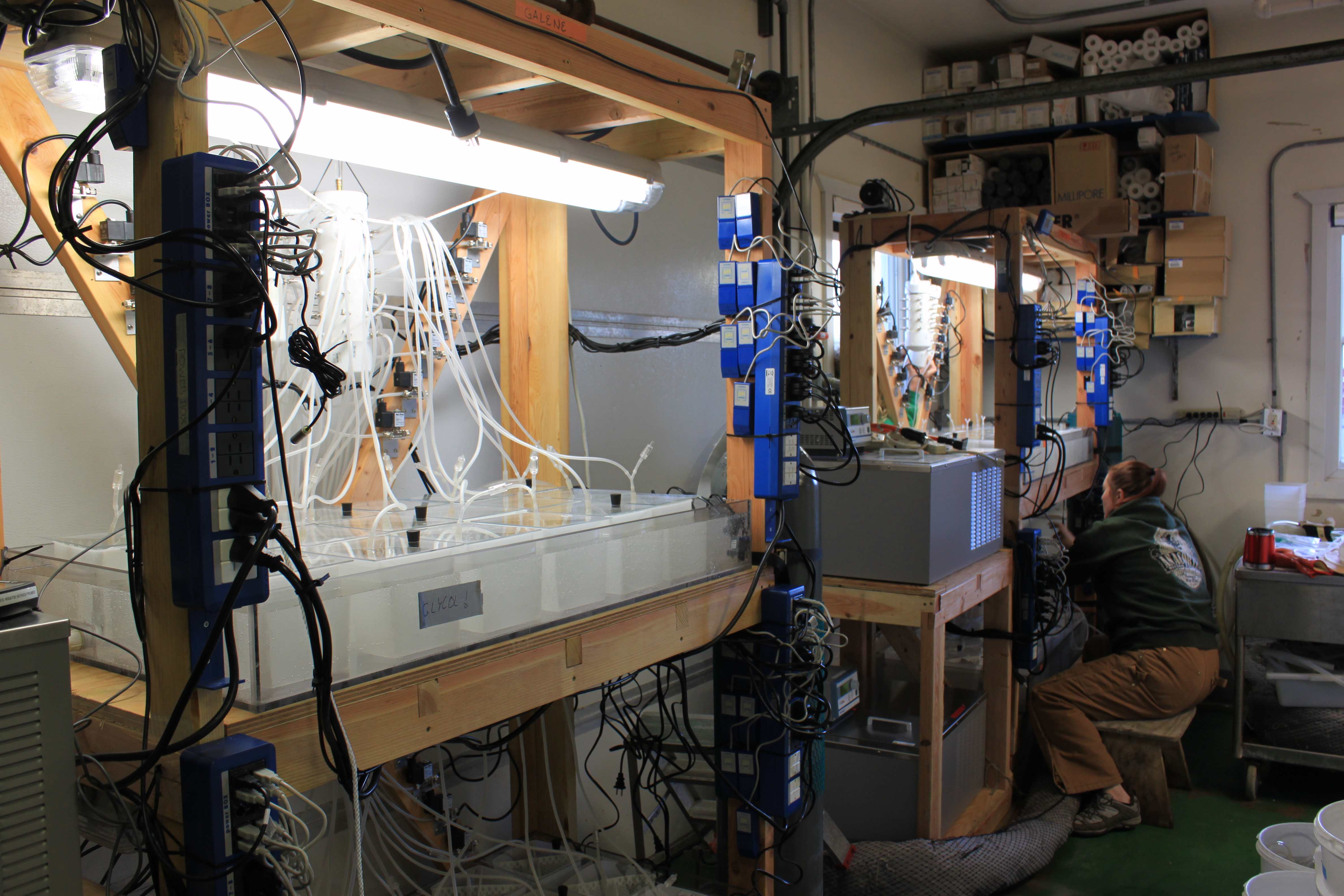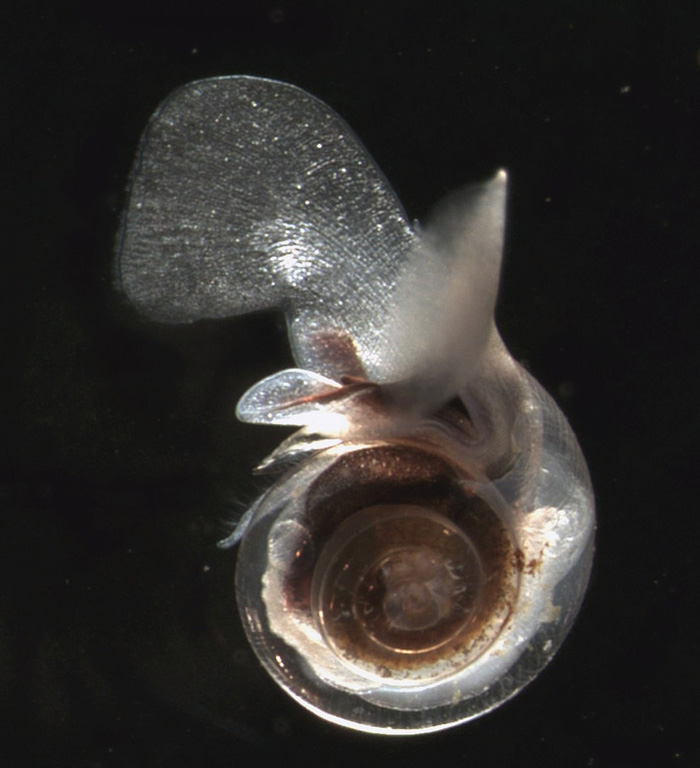
With an increasing focus on a burgeoning list of extreme weather events, elevated temperatures, and rising sea levels, ocean acidification or “the other CO2 problem”, just doesn’t get its due respect. As a marine biologist I find this puzzling. After all, most everyone enjoys the fruits of the sea: mouth-watering shrimp, crabs, lobsters, clams, and oysters. And who doesn’t thrill in donning a snorkel and mask and finning themselves over a coral reef bristling with life. Yet all over the globe these treasures of palette and eye are under increasing chemical assault.
Ocean acidification is the result of our seas absorbing about a third of the carbon dioxide that we release in to the atmosphere. Adding carbon dioxide to seawater adds hydrogen ions, and all you need to remember from high school chemistry is that more hydrogen ions translates into - more acidity. Just as acid slowly dissolves away a human tooth, so too can it dissolve a seashell. Another unfortunate outcome of adding carbon dioxide to seawater is that it challenges the ability of animals to make their shells.
Currently, building blocks for shells saturate the seawater. But this is changing. By mid-century or even sooner these building blocks will be in short supply. Accordingly, shelled marine organisms will have to expend additional energy to repair and construct their shells, energy that might have better been used to grow or reproduce.
As you know from reading our blogs, Chuck, Maggie, Kate, Julie, and Kevin are now settled into Palmer Station and have been working around the clock to set up this field season’s ocean acidification (OA) - temperature experiments. The image above right is of PhD student Julie putting the finishing touches on the OA system.
Last year the experiments focused on evaluating impacts of ocean acidification and elevated temperature on species with calcium carbonate body components; crustose coralline algae and gastropods. This year the focus turns to key non-calcified players in the algal forests; fleshy macroalgae and amphipods. In the big picture, the project is important because when it comes to “first-impacts” of ocean acidification Antarctica is the “canary in the coal mine.” This is largely because the Southern Ocean that surrounds Antarctica is so cold. The colder the water, the more carbon dioxide absorbed and the greater the acidity. Accordingly, Antarctica has become the earth’s natural laboratory to first study ocean acidification.

Will Antarctic organisms be able to adapt to the rapidly changing ocean chemistry?
Just last year marine scientists working in the Southern Ocean discovered populations of pteropods, tiny planktonic snails with wafer-thin shells, already showing signs of wear and tear. Their outer shells are pitted and rough, signs of dissolving. As abundant as the stars in the sky shelled pteropods play a key role in the global cycling of carbon.
Will these swimming snails (shown right) and the cornucopia of marine organisms that carpet the sea floors of Antarctica survive? Should they not, we stand to lose the keys to potential cures to cancer, AIDS, cystic fibrosis, and other life-threatening diseases. Our UAB Antarctic chemical ecology and natural products program, in collaboration with marine chemist Bill Baker at the University of South Florida, has discovered chemical compounds from Antarctic marine algae and invertebrates with potent activity against the H1N1 flu virus and melanoma skin cancer. It would be a shame for an acid sea to dissolve away such opportunities.